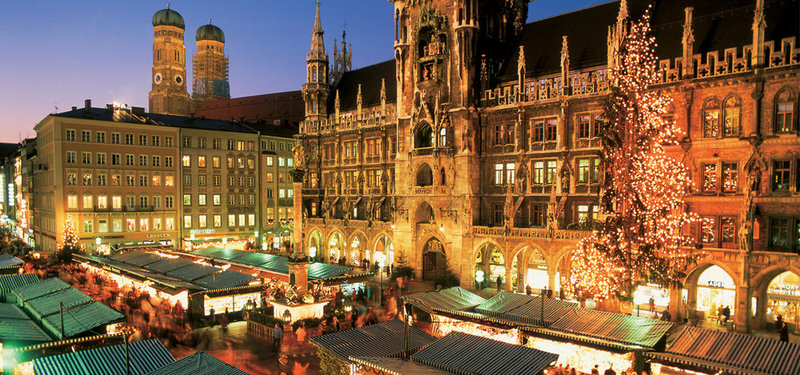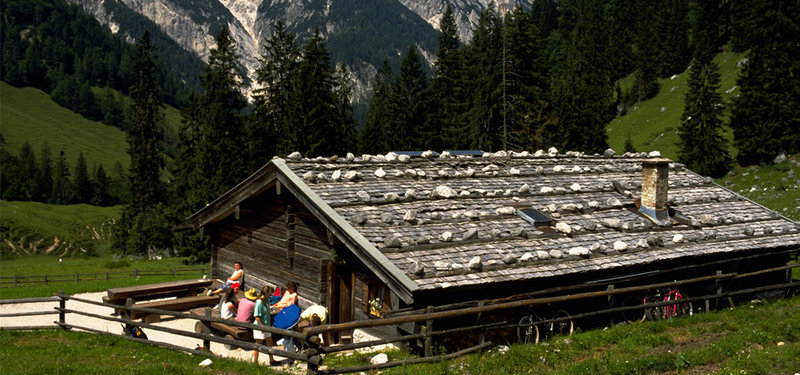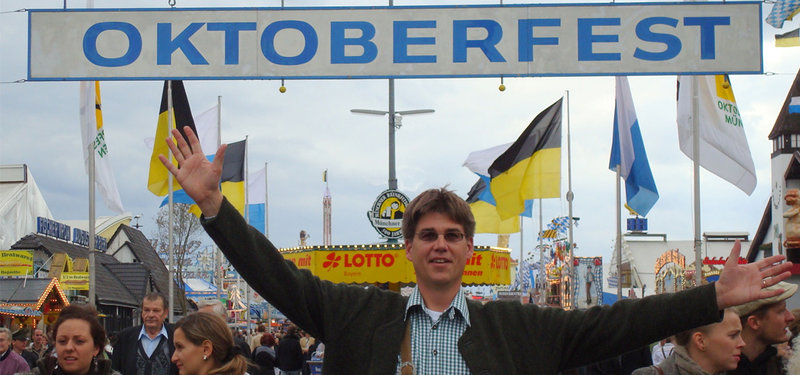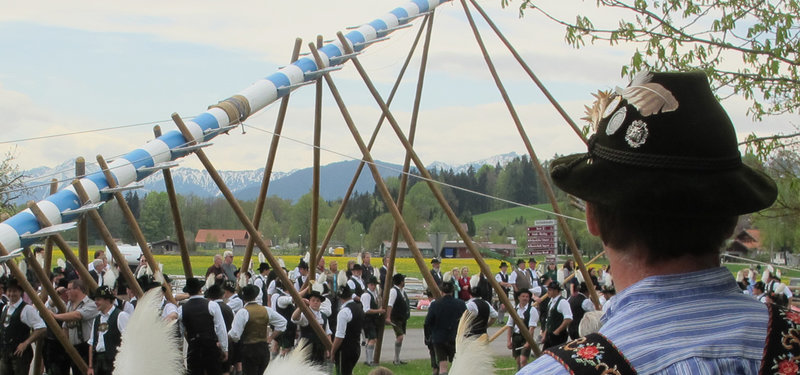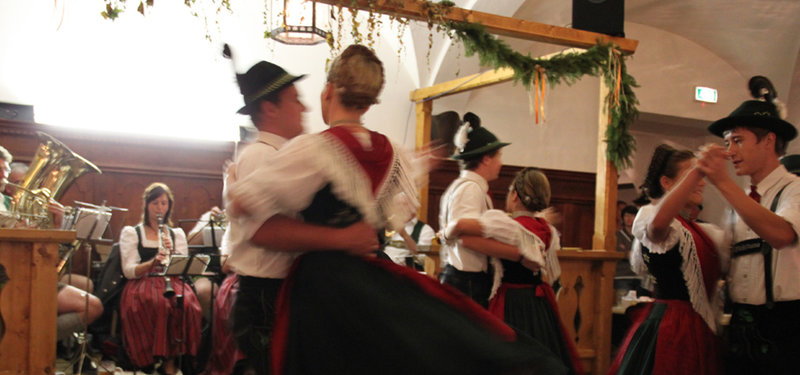Born in Woburn, Massachusetts in 1753, Benjamin Thompson became an US-American of note to the Bavarian people. He moved to Rumford, New Hampshire (Now called Concord) after marrying. He taught there and became a Major in the New Hampshire Militia. When the Revolution started, he sided with the Loyalists and recruited for the King’s army until a local mob attacked his house. He fled to the British lines, abandoning his wife forever. He became a lieutenant-colonel of the King's American Dragoons. In 1784, he received a knighthood from King George III. During his time with the British Army, he did research on the force of gunpowder, developed warship designs, and secured his reputation as a scientist.
He moved to Bavaria in 1785 and entered the service of Prince-elector Karl-Theodore. To help with the issue of homelessness, he developed workhouses and created “Rumford Soup.” He is best known for the establishment of Munich’s Englischer Garten in 1789 and was given the title of Reichsgraf von Rumford (Count Rumford) in 1791.
He made improvements for candles, chimneys, fireplaces, and industrial furnaces, as well as inventing the double boiler, a kitchen range, and a drip coffeepot. Once highlighted on “This Old House, “ his “Rumford Fireplace” was quite the sensation and Thomas Jefferson had several installed at Monticello. He also improved the diet of the Bavarian soldiers as well as their clothes. He is even credited as the inventor of thermal underwear! (Berkes, 2010)
In 1796, when 78,000 French troops threatened to occupy Munich in 1796, Karl-Theodor fled to Saxony and left Count Rumford in charge to sort things out. Count Rumford came through and saved the city from attack.(Hartbrunner, kein Datum)
He established the Royal Institution of Great Britain in 1799, endowed the Rumford medals of the Royal Society and the American Academy of Arts and Sciences, and endowed a professorship at Harvard University. In 1803, he was elected a foreign member of the Royal Swedish Academy of Sciences. He remarried, settled in Paris, divorced, and continued his scientific work until his death on August 21, 1814.
Works Cited
Berkes, A. (2010, November 2). Sir Benjamin Thompson, Count von Rumford
. Retrieved from Thomas Jefferson Encyclopedia : www.monticello.org/site/research-and-collections/sir-benjamin-thompson-count-von-rumford
Braun, M. S. (2015). Rumfordhaus im Englischen Garten. In M. S. Braun, Munich + Bavaria: The Architectual Guide (p. 80). Braun Publishing AG.
Hartbrunner, R. (n.d.). Fakten - 1796 . Retrieved from Münchner Zeitensprünge: www.hartbrunner.de/fakten/d_fakten_jahr.php


